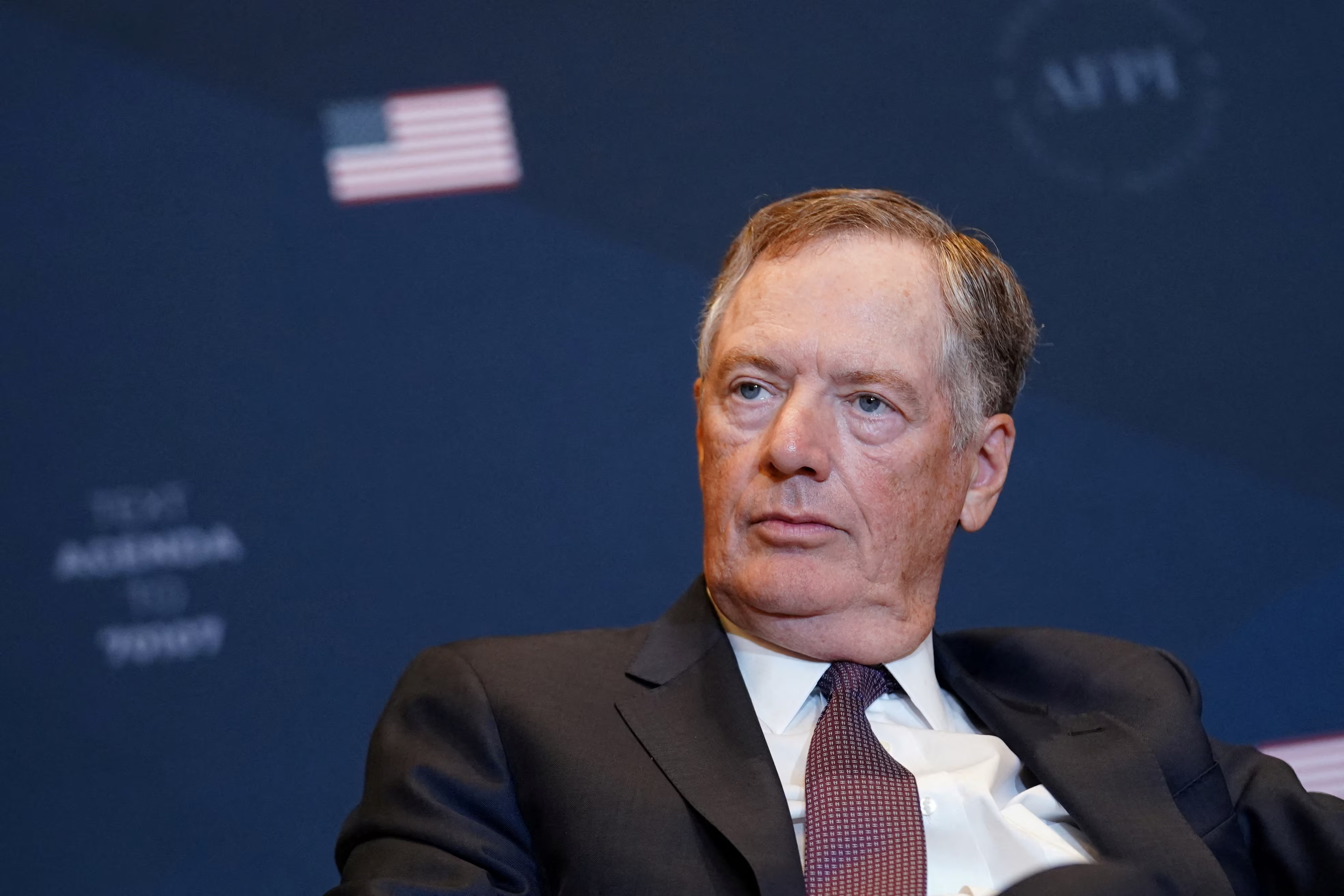Robert Lighthizer, a prominent figure in the realm of U.S. trade policy and a staunch advocate for protectionism, is poised to reclaim a significant role in President-elect Donald Trump’s administration. Having previously served as the U.S. Trade Representative from 2017 to 2021, Lighthizer is reportedly being considered for the position once again, as detailed by the Financial Times. His potential return signals a renewed commitment to Trump’s aggressive trade agenda, which includes plans for substantial new tariffs on imports that could surpass the measures implemented during his first term.
Lighthizer’s Protectionist Philosophy
Lighthizer has long criticised the liberal trade policies adopted by the U.S. following the Cold War, arguing that such approaches have led to job losses and weakened American manufacturing. He contends that while free trade may enhance corporate profits and lower consumer prices, it ultimately harms local economies by facilitating imports at the expense of domestic production. His tenure as an attorney representing U.S. manufacturing interests has shaped his belief that the World Trade Organization (WTO) undermines American sovereignty by limiting the country’s ability to impose protective tariffs.
During his previous term, Lighthizer took decisive action to challenge the WTO’s authority by blocking the appointment of judges to its dispute settlement body, effectively paralysing its operations. This manoeuvre allowed the Trump administration to impose tariffs without facing repercussions from international trade bodies, reflecting Lighthizer’s commitment to a more unilateral approach to trade policy.
Economic Strategies and Historical Context
In his recent publication, No Trade is Free (2023), Lighthizer advocates for a strategy reminiscent of the Plaza Accord of 1985, which aimed to devalue the U.S. dollar to address trade imbalances with Japan. He suggests that similar measures could be employed today to counteract China’s growing economic influence and competitive edge in high-tech sectors.
Experts like Abhijit Das highlight that the current trade tensions with China echo historical conflicts with Japan in the 1980s when American brands faced stiff competition from Japanese products. Das notes that while Japan was reliant on U.S. security during its economic rise, China operates independently in this regard, complicating any potential resolution through tariffs alone.
Implications for India and Global Trade
As Trump prepares for another term marked by aggressive trade policies, India finds itself potentially in the crosshairs of increased tariffs. The growing trade deficit between India and the U.S., which expanded from $25 billion in 2019 to $50 billion in 2023, raises concerns among Indian exporters and policymakers alike. Ajay Sahai from the Federation of Indian Export Organisations warns that Trump’s administration may leverage tariffs not only against China but also against other nations perceived as engaging in unfair trade practices.
In this context, sectors such as pharmaceuticals, IT services, textiles, and steel could be significantly affected by new tariff policies. The potential for retaliatory measures from India mirrors past strategies employed during Trump’s first term when India raised tariffs on American agricultural products in response to U.S. tariffs on steel and aluminium.
Conclusion
As Robert Lighthizer prepares for what could be a pivotal role in shaping U.S. trade policy once again, his protectionist stance and historical strategies suggest a future marked by heightened tensions in global trade relations. The implications of his policies will not only affect traditional targets like China but could also reshape America’s interactions with key partners such as India, making it crucial for these nations to navigate this evolving landscape carefully.

